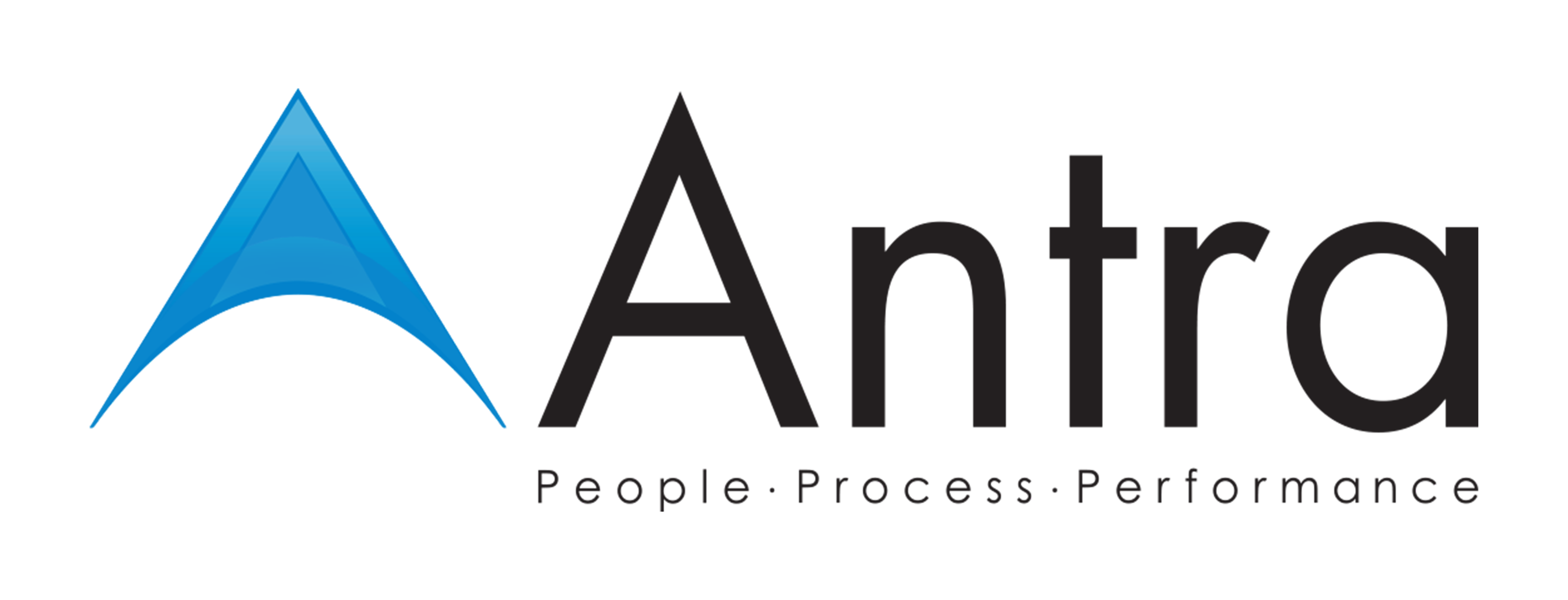Whenever you walk past your doctor’s door, you seldom want to be the victim of a wrong drug prescribed by the doctor. But it does happen and even in the best medical facilities around the world. The Healthcare sector is growing at a faster rate and the necessity to manage patient care and innovate medicines has also increased.In the last few years, there has been a shift from the traditional medical treatment to evidence-based medicine, which involves systematically reviewing clinical data and making treatment decisions based on the best available information. The use of Big Data and Analytics in the Healthcare sector has brought significant changes.
Why do we need big data?
Every day, hospitals generate tons of data for patient care, drug administration, insurance billing, operations, etc. and all that can be the key to improve the quality of care and services. The explosion in the amount of data through electronic medical records (EMRs) is astounding. The implementation of the Health Information Technology for Economic and Clinical Health Act (HITECH), forced physicians and healthcare practitioners to adopt EMRs. EMRs are helpful as they can reveal a lot of information including trends in patient care, treatment effectiveness, epidemiology, and much more. The critical analysis of this data can save lives.
Benefits of big data in the healthcare sector
Value-added patient-centric care
The goal of modern healthcare systems is to provide optimal health care through the meaningful use of health information technology to:
- Improve healthcare quality and coordination
- Reduce healthcare costs; reduce avoidable overuse
- Provide support for reformed payment structures
The value-based care focuses on providing patient-centric care. By using technology and focusing on best healthcare processes, it can reduce patient outcomes, a continuum of care, doctors, hospitals, and health insurance costs.
Health tracking with Internet of Things (IoT)
IoT Technology is the next big thing. Also called the Industrial Internet, these terms refer to the rapidly increasing number of smart, interconnected devices, sensors and the volumes of data they will generate. Patients all around the world use a variety of devices to monitor all sort of behavior – from glucose monitors to fetal monitors to blood pressure. Many of these devices and its data require a follow-up visit with a physician.
But smarter monitoring devices communicating with other patient devices could significantly refine this process, possibly lessening the needs for direct physician intervention. Hence, better care for high-risk patients.
Predictive Analytics to Improve Outcomes and reducing costs
Initiatives such as Electronic Health Records (EHR) is proliferating. The HITECH Act was explicitly designed to encourage the sharing of patient information by clinicians across the sector in an attempt to lower costs, speed diagnosis, and improve patient outcomes. The ability to combine and analyze the data across multiple data sources aids in the accuracy of diagnosing patient conditions, matching treatments with consequences, and predicting patients at risk for disease or readmission.
Predictive modeling and machine learning on large patient data can uncover patterns that couldn’t be previously revealed. Optum Labs has collected EHRs of over 30 million patients to create a database for predictive analytics tools that will help doctors to make a platform which gives away big data-informed decisions to improve patients’ treatment. It can support the data and flag potential out of place prescription to reduce mistakes and save lives. Such applications can be an excellent tool for physicians who look after many patients in a day.
Constant monitoring of patients
Healthcare facilities are looking forward to providing more proactive care to their patients by continually monitoring a patient. These real-time data can be analyzed and send alerts to care providers, so they know how to take care of their patient. The analysis can further help physicians in making necessary decisions and timely interventions.
Wearable sensors and devices also present the opportunity for caregivers to interact with patients in, making health care more convenient. As an example, applications help in remote or in-home monitoring of patients with the chronic obstructive pulmonary disease.
If all the hospital records are digitized, it would be perfect as it would present us the opportunity to understand the pattern of many patients. Such understanding provides an insight into corrective measures to reduce their frequent visits. It would help to keep a check on the high-risk patients as well.
Big data along with machine learning can potentially save lives and help in providing value-added care to patients. Many names like Novartis, Valence health, etc. are coming up with technologies for the easy access to data across the sector with better and informed treatment.
Look out for our next article.


Leave a Reply